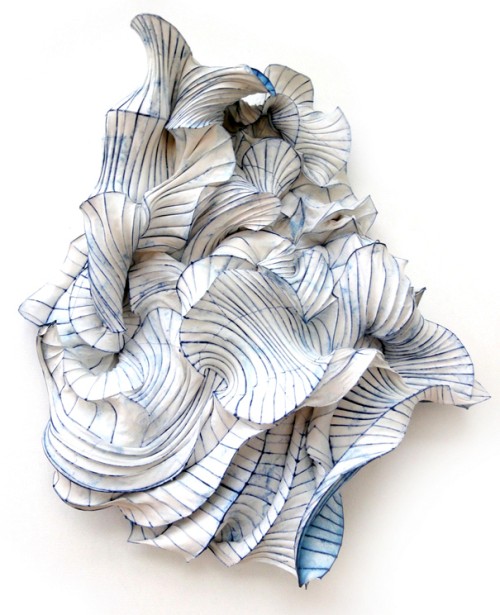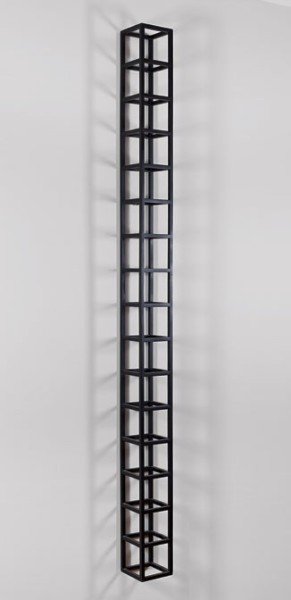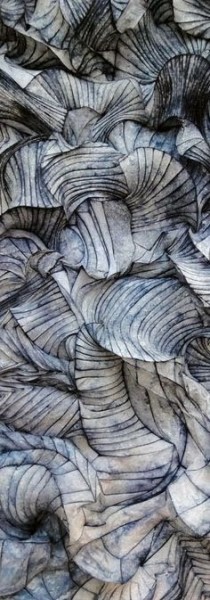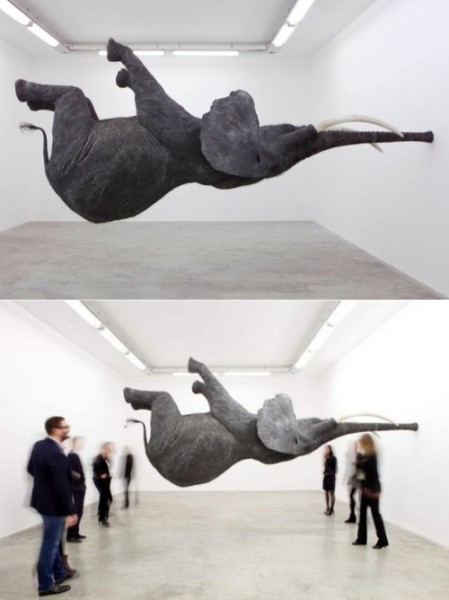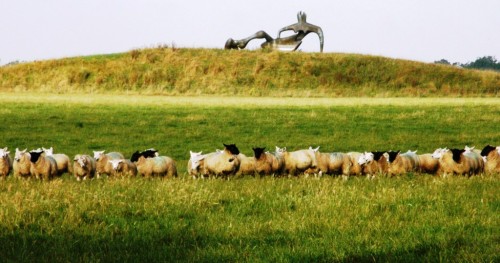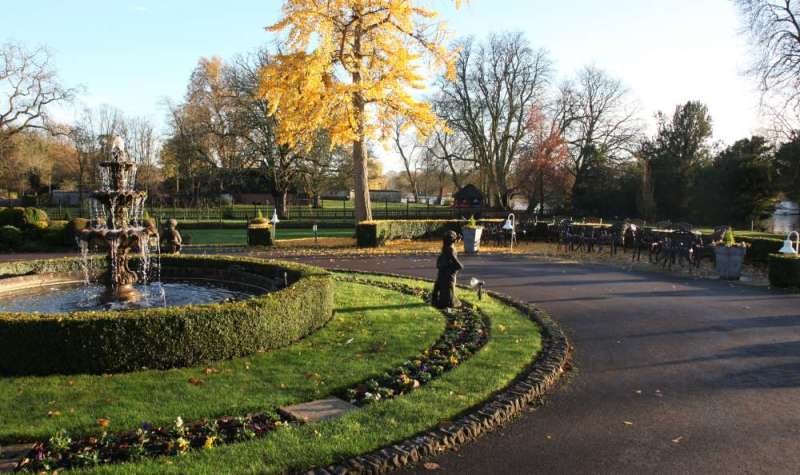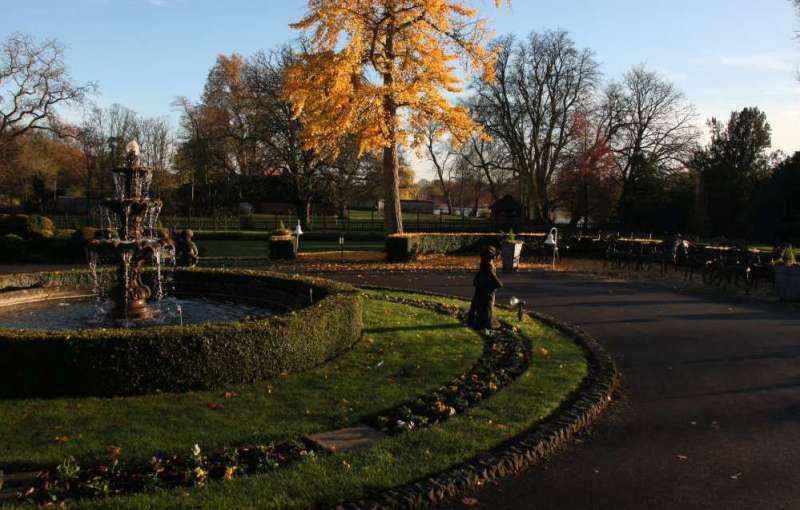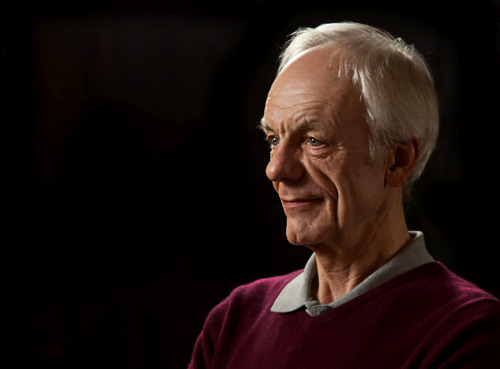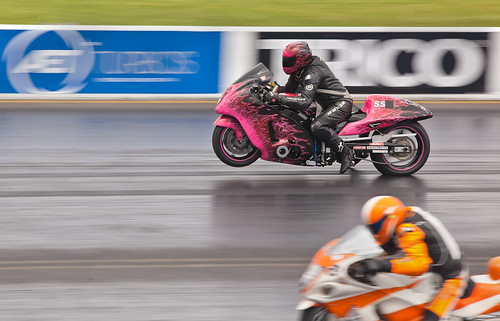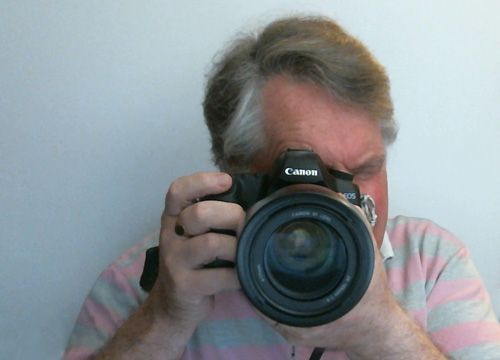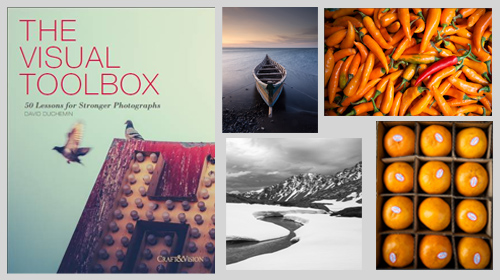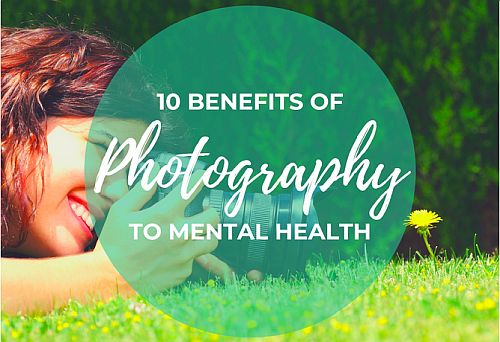
Mental health is important to all of us. Undoubtedly, the best way to keep yourself positive is to do something you enjoy. Do some more photography during the pandemic. It can be a big benefit to your outlook.
Mental health is something everyone should, literally, keep in mind. With the COVID-19 pandemic, communities at large are facing plenty of life-altering effects. The immediate concerns are the physical effects of the virus and its complications. Furthermore, there is wide spread evidence of a rapid increase of psychological distress globally. Any sustained pressure in society leads to difficult behaviour. Consequently, the most common mental health issues arising from the outbreak include stress, anxiety, uncertainty, frustration and depression.
In a study made by QJM International Journal of Medicine ![]() , the escalating new mental health problems are associated with the general fear and long lasting public anxiety over the spread of COVID-19. In addition, inadequate information provided by the media also increases the feelings of hopelessness and desperation. The abnormally elevated levels of anxiety are further associated with negative consequences. These include harboring of desperate thoughts and suicidal behavior.
, the escalating new mental health problems are associated with the general fear and long lasting public anxiety over the spread of COVID-19. In addition, inadequate information provided by the media also increases the feelings of hopelessness and desperation. The abnormally elevated levels of anxiety are further associated with negative consequences. These include harboring of desperate thoughts and suicidal behavior.
Tough restrictions take their toll
Strict quarantine protocols have lead to feelings of frustration and made a lot of people feel frail and helpless. The data on the same study by QJM revealed more. Among individuals who were quarantined, frustration, boredom and loneliness are thought to cause an impairment of the subjective well-being and the overall quality of life. Furthermore, other Medical Journals have noted mental health concerns. These include sleep disturbances and even Post-Traumatic Stress Disorder (PTSD) ![]() . Unfortunately, these Mental health impacts can last, not only during the quarantine period, but even into the long-term.
. Unfortunately, these Mental health impacts can last, not only during the quarantine period, but even into the long-term.
The impact on mental health brought about by the rapid spread of the pandemic is enough to clearly recognize it as a major health priority. What should we do about it? There are still no official behavioral strategies to help reduce the dramatic mental health problems induced by the pandemic. Nevertheless, you are encouraged to take personal measures that can somehow alleviate the mental health consequences.
What can we do about it?
Thousands of studies have revealed different methodologies to care for people suffering from mental health problems. Unfortunately, the current Covid-19 protocols make it difficult to easily access mental health treatment options. So how does one cope with a personal mental health issue?
Reducing the stress is difficult. However, it does seem to be a most effective way to fight mental health issues. During the initial lockdown, and since then, relaxing activities at home were encouraged. An absorbing hobby or interest is said to reduce boredom and uplift your spirits. A study by Lancaster University researchers found that Engaging in photography significantly improves a person’s well-being ![]() . The visual arts have long been studied for their positive effects on both the physical and psychological health. Photography is a form of self-expression in the visual arts. Consequently, photography can contribute to your ability to maintain or reconstruct a positive outlook.
. The visual arts have long been studied for their positive effects on both the physical and psychological health. Photography is a form of self-expression in the visual arts. Consequently, photography can contribute to your ability to maintain or reconstruct a positive outlook.
The benefits
Taking up more of your time with photography will have effects on improving both physical and mental health. To illustrate how photography can be a great benefit to those facing mental health struggles, especially during the pandemic, we have identified these benefits of photography…
1. Photography improves self-care habits
Dr. Liz Brewster of Lancaster University and Dr. Andrew Cox from the University of Sheffield have done a study that revealed how taking pictures daily and sharing them with others can actually improve self-care. Doing something new develops into a new habit. The process is therapeutic and makes a person feel refreshed. Furthermore, it keeps the brain busy by making it think about creative photos to take every day. (See: Daily photography improves well-being – Brewster & Cox, 2018)
2. Photography encourages community interaction
Making valuable connections significantly improves a person’s well-being. Taking pictures and sharing them to a community, like a social media group, helps you to meet new people with the same interests. Photography becomes a common ground that can spark conversations, make connections, and eventually find support to fight loneliness and boredom.
3. Photography makes an individual reminisce
Photographs capture unique moments. The pictures you take can help bring back memories from the past. At the same time, your photos bring back the positive thoughts that go with those moments. This is one reason why people who are feeling sad or depressed look through old pictures. It is an effective method to, somehow, lift the mood. The point is, photography is a lovely way to make memories as well as, looking back, to remember them in a positive light.
4. Photography provides a beautiful vision of the world
Every picture tells a different story. Taking pictures lets you see a unique beauty all around you. As you review your shots you will get to appreciate those things you once took for granted. You discover your environment with a renewed vision without even meaning to. The greatest thing about it is that photos let you freeze the beauty that you see as you take photos of the world around you.
5. Photography keeps the brain in great shape
The brain, like other body parts, gets old. Photography is a good exercise to keep the brain healthy. According to research by Professor Denise C. Park from the University of Texas, photography is an activity that demands high-cognition. In her study, participants who engaged in digital photography are able to enhance and improve their episodic memory and reasoning skills. In short, photography can help you ‘use it’, rather than ‘lose it’.
“Although there is much more to be learned, we are cautiously optimistic that age-related cognitive declines can be slowed or even partially restored if individuals are exposed to sustained, mentally challenging experiences.”
Mentally challenging activities key to a healthy aging mind
6. Photography can help the body get moving
Photography typically encourages exercise. If you go out and walk around in the hope of taking great pictures of the outdoors – you are exercising. This allows the body to burn calories, especially when you need to climb a tree, get closer to a subject, or do any physical activity that helps you find a good shot. Walking, especially in the hills, is great exercise and a great photo-opportunity too. Moreover, while getting fitter, you are improving your mental health.
7. You get to enjoy what you love even more
It is natural for a photographer to take photos of something that is of interest to him or her. The interest keeps you more engaged. As you become absorbed in an enjoyable experience you also see your interests in a different perspective. Absorption and engagement gives you a rewarding feeling that can boost your happiness.
8. Photos are positive mood stimulants
A study titled The Connection Between Art, Healing, and Public Health: A Review of Current Literature ![]() , art therapy can help reduce cortisol, a hormone that can cause stress in the human body. Photography is a form of art. Taking a good picture, therefore, makes a person feel relaxed. Consequently, taking positive photos helps you see the world differently and will keep you motivated.
, art therapy can help reduce cortisol, a hormone that can cause stress in the human body. Photography is a form of art. Taking a good picture, therefore, makes a person feel relaxed. Consequently, taking positive photos helps you see the world differently and will keep you motivated.
9. Photography improves creativity
Activating the brain through photography is possible because it does not only awaken creativity. It actually lets the brain process different thoughts and encourages the body to translate its emotions into photos. The activity also promotes curiosity and gives you the courage to try out different techniques to improve every shot. As mentioned above, sustained, mentally challenging experiences help keep your mental processes active or even improve them. Of course, photography includes lots of challenging mental experiences – learning, observing and creating – to name but a few.
10. Photography gives you a sense of direction
Especially during the pandemic, people worry about the uncertainty of the coming days. Photography somehow eases you out of the daunting thoughts by making you look forward to what you will photograph next. Instead of brooding about what is in store, taking photos lets you enjoy each moment, guiding you to be positive. Think about your photography and get excited about the next day – that is a great step toward positive mental health.
Additional Tip:
How to Take Photos & Be Creative During Quarantine
By picking up a camera, you instantly challenge yourself to get creative. The problem, however, is that there are limitations set to maintain social distancing and lockdown protocols. Because taking outdoor shots may be challenging for some, here are some practical tips for photographers that you can do to enjoy photography while in quarantine…
Photo editing
Explore different methods of photo editing. For those who are working from home or are taking online classes, you may have a bunch of time in your hands. Use it to learn about improving your photos. You may enroll in online classes or explore any photo editing app that you currently have. This will allow you to revisit old photos and have you attempt to enhance them using what you have learned. Remember, learning is great for your mental health.
Photograph food
There’s no better time to actually appreciate the chance to enjoy cooking and eating than being in quarantine. Get creative with your meals and transform them into fine art photos. Eating AND photography – what could be better!
Go black & white
One way to develop your photography skills is by shooting in black & white. Most digital cameras have a setting for monotone shots. Try it with your family or pet as the model and try to hone your skills with this technique. Alternatively, you could try converting old photos to black & white in a photo editor. Your photography will improve by looking at your photos in a different way. In addition, new ideas and approaches is good for your mental health.
Take a photo scavenger hunt
This is a fun challenge that you can do at home to help occupy your time. Make it a contest. Get your family and friends and create a social media group where you can upload and see each others’ shots. Mix and match your ideas with others. In short, have a great time, and improve your mental health and well-being. (Download: Prepare a Photo Scavenger Hunt).
Get creative with a free background remover
Instead of brooding about not being able to get out, you can use a background remover to edit your photos. You can bring the outdoors into your pictures. Lighten the mood by editing yourself into travel destinations. Get a good laugh by having a virtual group picture with your friends and make it look real with a new background. There are tons of creative things you can do once you remove the background from the image. Once again, laughing and community are great for your mental health.
The value of photography is greater than just the pictures
Photography can help you to express yourself. However, it has become a lot more valuable during this pandemic. It can help you personally focus on positive life experiences, reduce stressors, and enhance self-worth. Photography is absorbing and interesting. The engagement you get from this hobby is important, especially as the world has gone through so many changes in the months since the outbreak started. Focusing on photography somehow gives the mind and body a sense of balance. As a result, you are ready to face the day with positive thoughts and attitude.
Comments, additions, amendments or ideas on this article?
Contact Us or leave a comment at the bottom of the page…
Like this article? Don’t miss the next — sign up for tips by email.
Photokonnexion Photographic Glossary – Definitions and articles.
QJM International Journal of Medicine
Daily photography improves well-being
Mentally challenging activities key to a healthy aging mind
The Connection Between Art, Healing, and Public Health: A Review of Current Literature
Download: Prepare a Photo Scavenger Hunt
 Photokonnexion tips by email
Photokonnexion tips by emailIf you enjoyed this article please sign up for our
daily email service.
Find out more…

